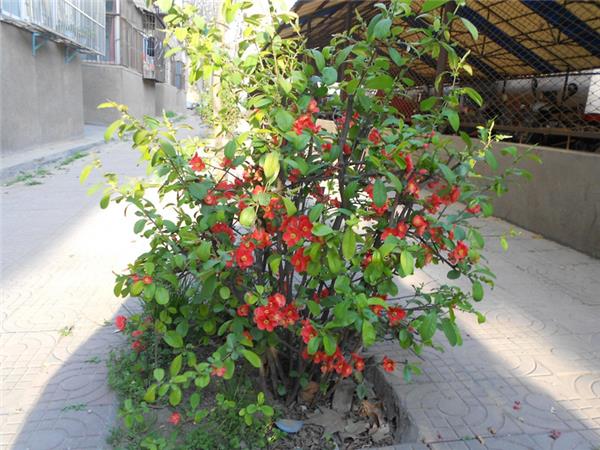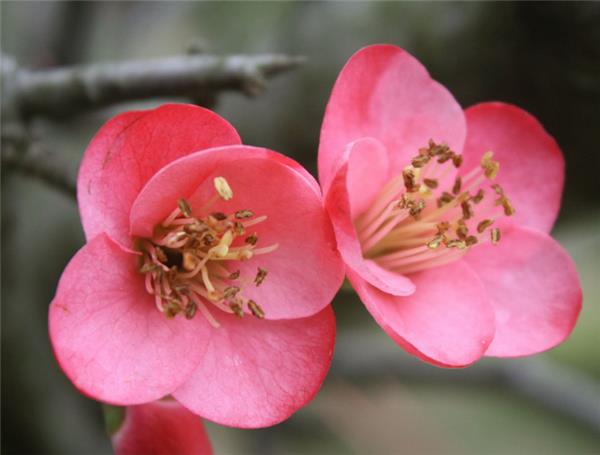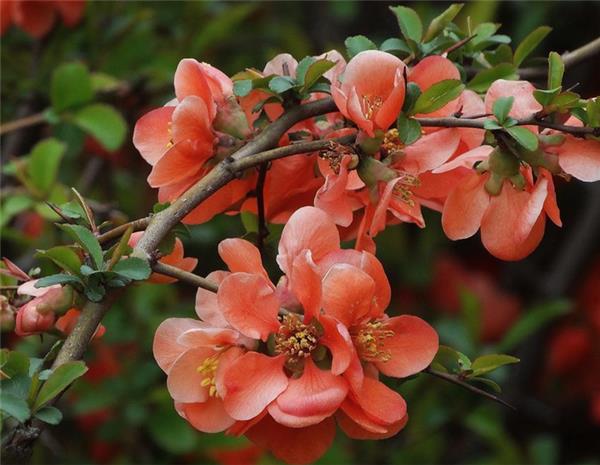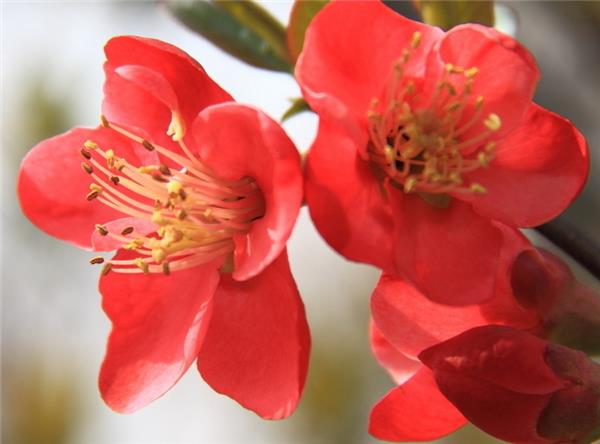The cause and solution of deciduous leaves of Begonia sticking
Summer is the peak season for the growth of begonia, but we often see some begonia with fallen leaves in summer. How to do with fallen leaves? The following is to introduce the reasons and solutions for the fallen leaves of Begonia.

The cause and solution of deciduous leaves of Begonia sticking
1. Soil discomfort
Sticking pedicel crabapple pot culture also has certain requirements for soil, can not use clayey soil, which is not convenient to stick pedicel begonia root drainage and ventilation, but also cause the emergence of fallen leaves.
Solution: we can choose sandy soil that is loose and fertile, rich in humus and well drained and breathable, and can properly put some rotten cake fertilizer, animal hoof nail, bone and so on at the bottom of the basin as base fertilizer to support plant growth and flowering.
2. Overwatering
In the growth period of begonia should be given sufficient water, especially when the summer temperature is high, the basin soil is easy to dry, watering should be adequate. It should be noted that Tripterygium has a certain ability to resist drought, but it is very afraid of waterlogging, so we must avoid stagnant water in the basin soil, otherwise it will make the leaves yellow and even the plants die.
Solution: stick to the principle of watering begonia: dry and watered thoroughly, too much watering will damage the root system and cause leaves to fall off.

3. Too little pruning
If the pedicel begonia is pruned too little or not, it will cause too many withered branches, and the plant is densely planted, so the unventilated begonia will also have fallen leaves.
Solution: Tripterygium should be pruned after falling leaves in autumn or before sprouting in spring, cutting off withered branches, overgrown branches, crossed branches, overlapping branches and other branches that affect the shape of the tree, so as to concentrate nutrition, reduce consumption, and facilitate ventilation and light transparency. at the same time, more pruning can also promote flowering branches.
4. Infection of diseases and insect pests
The main diseases and insect pests of Begonia sticking pedicel are pest disease, aphids and so on. The occurrence of diseases and insect pests will also cause the yellowing and falling of the leaves of sticking begonia.
Solution: 1000 times of trimethoprim can be sprayed every 15 days or so, 2 to 3 times continuously, which has a good control effect. When aphids were sprayed with 1000 times of omethoate, 1000 times of phoxim or 2500 times of chrysanthemum EC, the effect was good.

Next, let's take a look at the cultivation and management methods of Begonia.
Planting land must choose leeward sunny soil layer is deeper, good drainage, should not be cultivated in low-lying water, also do not cut in the tuyere, otherwise the branch tip is easy to wither. The management of fertilizer and water should be strengthened. Watering should be properly irrigated before germination, before flowering and in the summer dry season, but drainage should be done well in the rainy season. The principle of fertilization is that there is no shortage of fertilizer, otherwise the leaves are easy to turn yellow or fall off. It is best to apply organic base fertilizer once a year in autumn and winter or before sprouting in early spring, and then apply quick-acting fertilizer 1-2 times after flowering, so as to promote fruit development and branch health and make more flowers in the coming year. Branches that are too dense, too weak and harmful to diseases and insect pests should be thinned in March every year. After flowering, the top of the previous branch should be cut off, leaving the base about 30 cm to promote branching and increase the number of flowers next year. Sticking Begonia is easy to be harmed by aphids and red spiders, so attention should be paid to prevention and control.

This is the end of the introduction on the causes and solutions of the fallen leaves of begonia. I hope the above content can be explained to everyone!
Related
- Wuhan Hospital Iron Tree Blooming Result Was Instantly Frightened by the Gardener Master
- Which variety of camellia is the most fragrant and best? Which one do you like best?
- What is the small blue coat, the breeding methods and matters needing attention of the succulent plant
- Dormancy time and maintenance management of succulent plants during dormancy
- Minas succulent how to raise, Minas succulent plant pictures
- What are the varieties of winter succulent plants
- How to raise succulent plants in twelve rolls? let's take a look at some experience of breeding twelve rolls.
- Attention should be paid to water control for succulent plants during dormant period (winter and summer)
- Watering experience of twelve rolls of succulent plants
- Techniques for fertilizing succulent plants. An article will let you know how to fertilize succulent plants.



